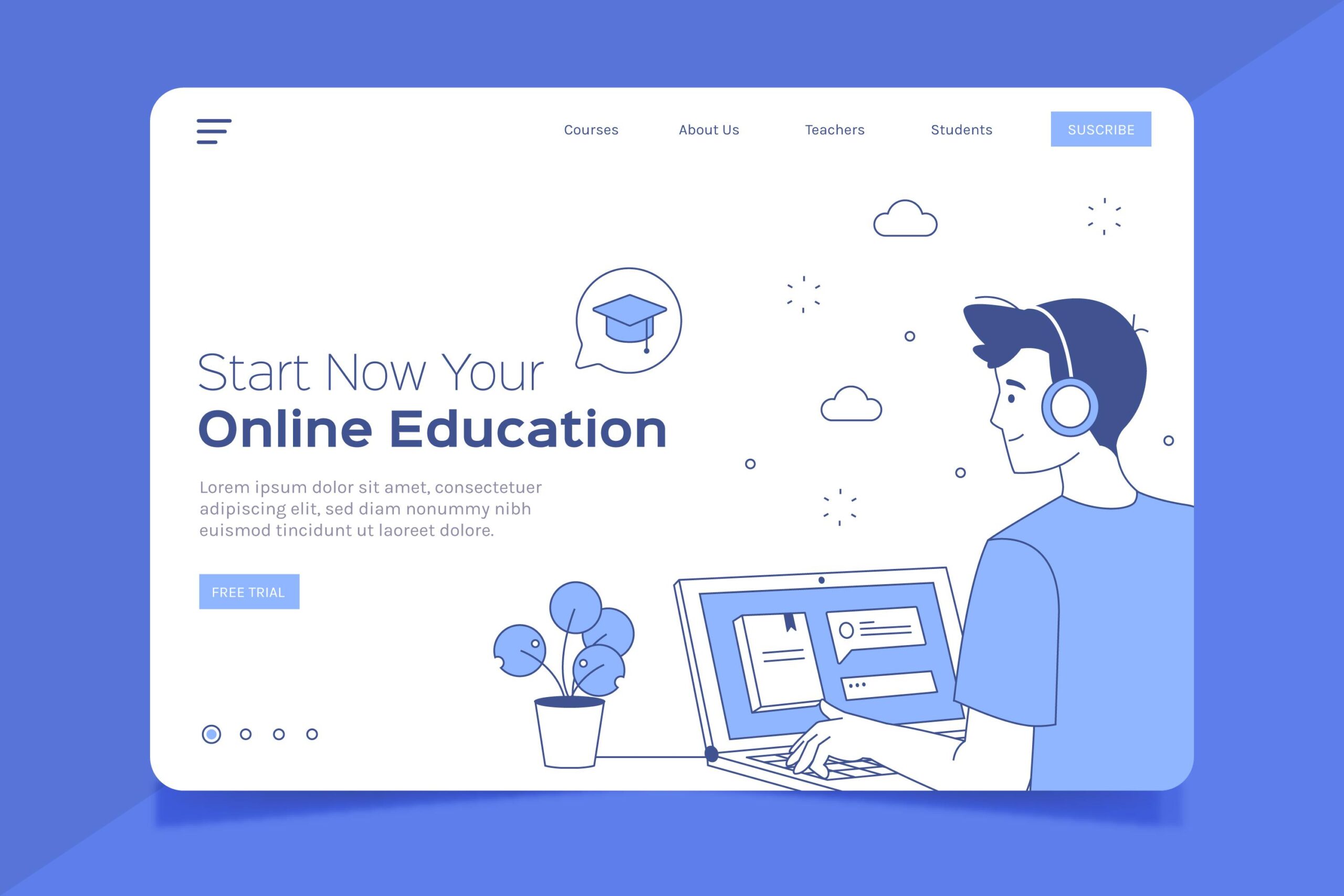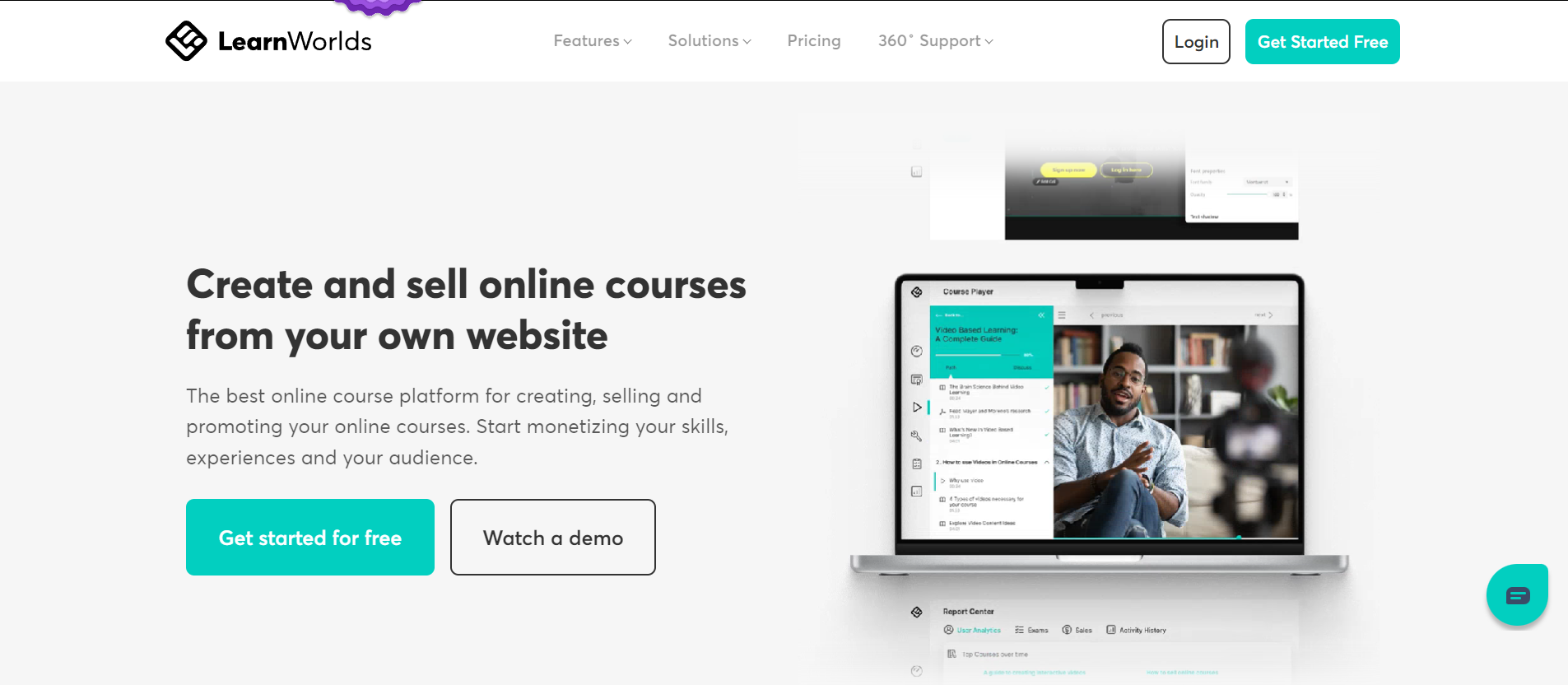Contents
- 1 Introduction
- 2 TalentLMS: The Agile All-Star (for Small & Mid-Sized Businesses)
- 3 Docebo: The Enterprise Powerhouse (for Large Organizations)
- 4 Absorb LMS: The Innovation Engine (for Forward-Thinking Businesses)
- 5 CYPHER Learning: The User-Centric Champion (for User Experience Focus)
- 6 Moodle: The Open-Source Champion (for Budget-Conscious Organizations and Developers)
- 7 Choosing the Perfect Fit
- 8 Conclusion
Introduction
Visualize this: you’ve just landed a dream job at a bustling tech startup. The energy is electric, the team’s collaborative, and you’re eager to dive in. But amidst the initial excitement, a nagging worry creeps in: training. Will you be left to navigate a labyrinth of information on your own, or will there be a structured system to guide you?
This is the reality for countless new hires across industries. A study by the Association for Talent Development (ATD) found that organizations with strong learning cultures see a 218% higher return on investment (ROI) in their employees [1]. Enter the Learning Management System (LMS) – a platform designed to streamline employee onboarding, training, and development.
But with a plethora of LMS options bombarding the market, choosing the right one can feel overwhelming. Fear not, fellow knowledge seekers! We’ve embarked on a research odyssey, diving deep into features, functionalities, and user reviews to identify the top 5 LMS powerhouses that go beyond the basics.
Here’s what we discovered:
TalentLMS: The Agile All-Star (for Small & Mid-Sized Businesses)
Small businesses often face unique challenges. They crave an LMS that’s scalable, user-friendly, and budget-conscious. TalentLMS ticks all these boxes. Boasting a stellar 4.7 out of 5 rating on G2, it’s lauded for its intuitive interface and easy course creation tools.
The Data Advantage: TalentLMS empowers data-driven decision making. Its robust reporting suite allows you to track learner progress, identify knowledge gaps, and personalize learning paths. Imagine tailoring training modules based on individual needs – a surefire way to boost employee engagement and ROI.
Beyond the Usual Suspects: Most LMS platforms offer basic gamification features like points and badges. TalentLMS takes it a step further with its “microlearning journeys”. These bite-sized learning modules, often delivered in a game-like format, enhance knowledge retention and cater to shorter attention spans – a growing trend in today’s fast-paced world [2].
Docebo: The Enterprise Powerhouse (for Large Organizations)
Large corporations require an LMS that can handle a vast number of learners, diverse content formats, and complex compliance needs. Docebo steps up to the plate with its scalable architecture, robust security features, and SCORM (Shareable Content Object Reference Model) compliance.
The Data Advantage: Docebo goes beyond basic reporting with its powerful AI-powered analytics. This allows you to identify learning trends, predict future needs, and personalize learning experiences at scale. Imagine proactively identifying knowledge gaps within specific departments and tailoring training programs accordingly.
Beyond the Usual Suspects: Docebo boasts a unique feature called “Learning Paths with Prerequisites”. This allows you to create structured learning journeys, ensuring users have the foundational knowledge before tackling advanced topics. This is particularly valuable for complex corporate training programs.
Absorb LMS: The Innovation Engine (for Forward-Thinking Businesses)
If cutting-edge features and a future-proof approach are your priorities, Absorb LMS is a strong contender. It boasts a range of AI-powered tools like automated content curation and personalized learning recommendations.
The Data Advantage: Absorb LMS takes data visualization to a new level with its interactive dashboards. These provide real-time insights into learner engagement, content effectiveness, and skill mastery. Imagine having a clear picture of your training program’s impact at a glance.
Beyond the Usual Suspects: Here’s where Absorb LMS truly shines. It incorporates generative AI to create personalized learning experiences. This means the platform can automatically generate quizzes, practice exercises, and even feedback tailored to individual learners’ strengths and weaknesses.
CYPHER Learning: The User-Centric Champion (for User Experience Focus)

Image by freepik
Sometimes, ease of use takes center stage. For organizations that prioritize a simple and intuitive user experience, CYPHER Learning emerges as a top choice. It boasts a clean interface and drag-and-drop functionalities that make content creation a breeze. User reviews on platforms like Capterra consistently praise its user-friendliness [3].
The Data Advantage: While CYPHER Learning excels in user experience, it doesn’t compromise on data insights. Its reporting suite allows you to track learner progress and identify areas for improvement.
Beyond the Usual Suspects: CYPHER Learning takes a mobile-first approach, ensuring a seamless learning experience on any device. With the growing number of mobile learners, this focus on accessibility is a valuable asset.
Moodle: The Open-Source Champion (for Budget-Conscious Organizations and Developers)
Moodle stands out as the open-source giant in the LMS landscape. This translates to several advantages:
- Cost-Effectiveness: Moodle is completely free to download and use. This makes it an attractive option for budget-conscious organizations or those just starting their LMS journey.
- Customization Power: Moodle’s open-source nature allows for extensive customization. Developers can modify the platform to fit their specific needs and integrate it seamlessly with existing systems.
The Data Advantage: While customization requires some technical expertise, Moodle offers a range of reporting tools to track learner progress and gauge the effectiveness of training programs.
Beyond the Usual Suspects: Moodle boasts a thriving online community of developers and users. This translates to a wealth of free plugins and extensions that extend the platform’s functionalities. Imagine adding features like social learning tools or gamification elements without breaking the bank.
Choosing the Perfect Fit
There’s no one-size-fits-all answer when it comes to LMS selection. Determining the ideal platform hinges on your individual requirements, financial resources, and technical proficiency. Additionally, consider these supplementary factors:
- Content Creation: Evaluate how easy it is to create and upload training materials within the LMS.
- Integrations: Does the LMS integrate seamlessly with your existing learning tools and HR systems?
- Scalability: Can the platform handle your current and future number of learners?
- Support: Does the vendor offer reliable customer support to address any issues that may arise?
Conclusion
Your LMS should be more than just a repository of information. It should be a strategic tool that empowers your workforce and drives organizational success. By carefully considering your needs and exploring the features offered by these top LMS options, you can find the perfect platform to navigate the ever-evolving learning landscape. Remember, the journey to knowledge is most effective with the right guide by your side.
Citations:
[1] Association for Talent Development (ATD). “The ROI of Learning.” https://www.td.org/atd-research
[2] Craighead, Kristin. “Microlearning: The Shortest Distance Between Knowing and Doing.” https://www.td.org/microlearning-resources
[3] Capterra. “CYPHER Learning Reviews.” https://www.capterra.com/p/172471/NEO-LMS/
Disclosure: Some external links in the post are affiliate links.
Featured Image by pikisuperstar on Freepik
Today’s success story:



